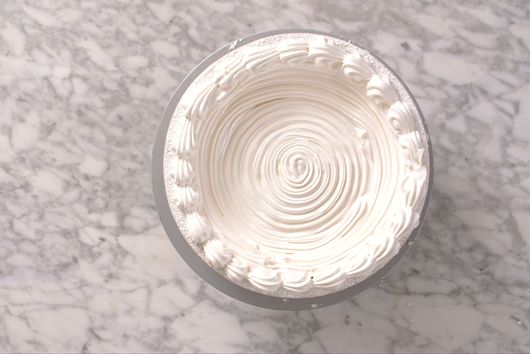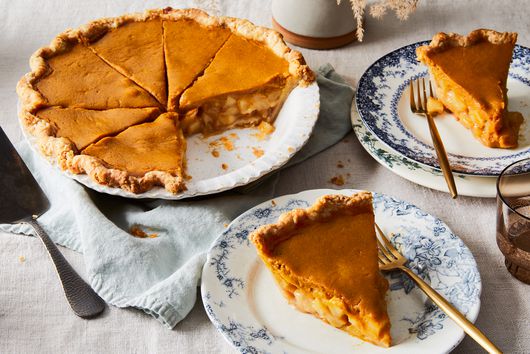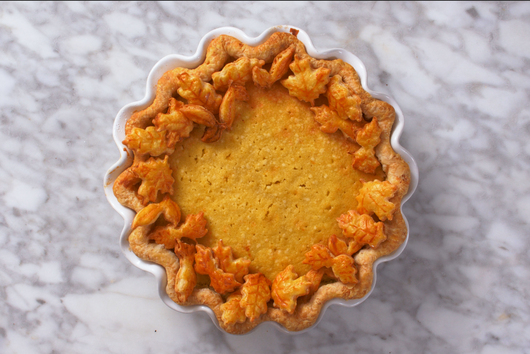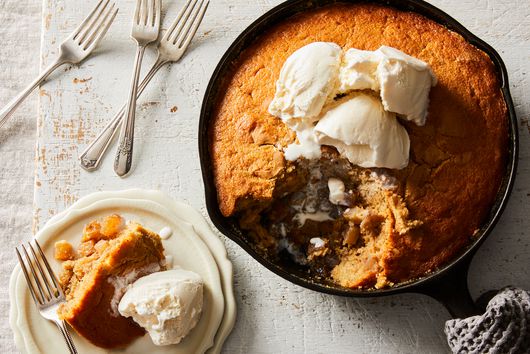Meringue Pie Crust
★★★★★
PREP TIME
1 hour
COOK TIME
2 hours 25 minutes
MAKES
1 (9-inch) crust
Ingredients
1/4 cup
(28 grams) cornstarch
1/4 cup
(28 grams) confectioners’ sugar
4
(142 grams) large egg whites
1/4 teaspoon
cream of tartar
1 cup
(198 grams) granulated sugar
1 teaspoon
(5 grams) vanilla extract
Instructions
- Sift the cornstarch and confectioners’ sugar in a small bowl. Lightly grease a pie plate with nonstick spray, then sift the cornstarch-sugar mixture evenly over it. Be sure the whole thing is covered—a little bit excess in some spots is preferable to an uncovered spot. Heat the oven to 250°F (121°C).
- Using an electric mixer fitted with the whisk attachment, whip the egg whites and cream of tartar on medium speed until they begin to look foamy, about 1 minute. Raise the speed to medium-high, and continue to whip until the mixture begins to turn white, about 30 seconds to 1 minute more.
- With the mixer running, gradually add the sugar in a slow, steady stream and continue to whip to medium peaks, 2 to 4 minutes more. Add the vanilla, if using, and mix to combine.
- The meringue is now ready to be transferred to the prepared pie plate—the easiest way to do this evenly is using a piping bag. Piping can be as simple as cutting a 1/2-inch opening from a disposable pastry bag (or the corner of a large zip-top bag), or you can use decorative tips, like a star tip, to create a beautiful ridged effect. Once you’ve prepared your piping bag, fill it with the meringue. It may not fit all at once, and you may have to use two batches.
- Pipe the meringue into a tight spiral in the base of the pie plate, then pipe a ring around the outer edge of the base to start to build up the sides. Continue to pipe rings until you get to the rim of the pie plate. If desired, you can pipe a decorative edge to mimic a pie crimp.
- Gently transfer the pie plate to the oven, and immediately lower the temperature to 200°F (93°C) for 2 to 2 1/2 hours. Turn off the oven and let the meringue sit for 15 minutes inside. Remove the meringue and let it sit at room temperature until completely cool and dry. Put it somewhere safe and out of the way. If possible, cover it with a large bowl to help keep it safe from moisture or damage (it’s very fragile).
- The crust is now ready to be filled and served.





